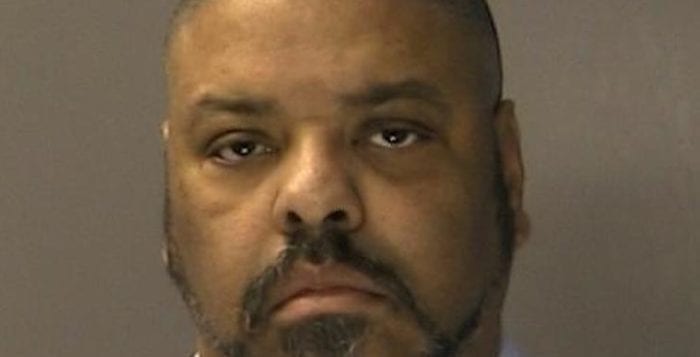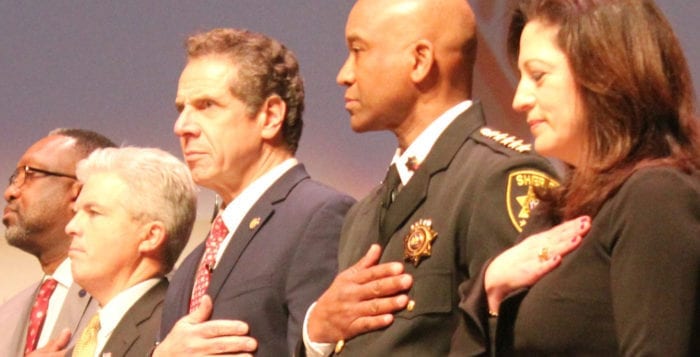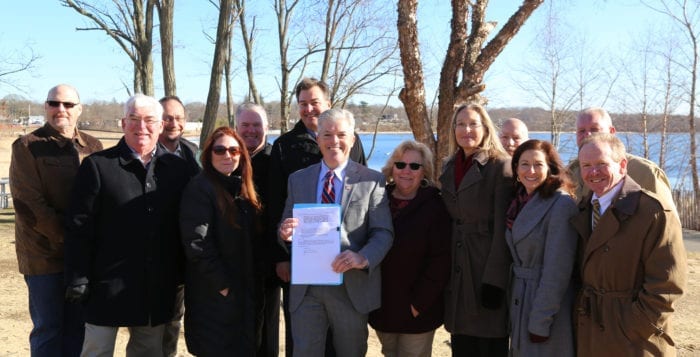Huntington school district has started to address the 2018-19 budget early, admitting there may be challenges ahead for the district.
Superintendent James Polansky gave a presentation at the Jan. 9 board of education meeting to outline how the potential impact of newly approved federal tax laws, the state’s budget deficit and the district’s increasing costs could significantly affect Huntington students and parents.
“There are a lot of question marks this year right now, making predicting the budget a little more difficult than it has been in the past,” Polansky said.
Among his top concerns are the impact of President Donald Trump’s (R) Tax Cuts and Jobs Act of 2017, as homeowners are limited to a $10,000 write off for state and local taxes — which includes property taxes. The superintendent said he believes many homeowners will wind up paying high income taxes due to the new limits on deductions.
“It’s no secret that school budgets make up the bulk of property taxes,” he said. “How will that impact voter consideration with regard to the school budget?”
Complicating matters further, Polansky said Jan. 9 he expected the district to get little to no increase in state aid for the 2018-19 school year given New York has a more than $4.5 billion shortfall.
Contrary to Polansky’s prediction, New York Gov. Andrew Cuomo (D) unveiled a $168 billion state budget Jan. 15 in which he proposed increasing state aid for elementary and secondary education by 3 percent for the 2018-19 school year. Cuomo’s proposed budget has until April 1 to be adopted by state legislators.
Polansky said Huntington school district is facing a number of factors that could lead to higher operating costs in the next school year, including increasing costs of employees’ contractual salaries and benefits. The district also will be subject to an increasing contribution rate from 9.8 percent up to between 10.5 and 11.8 percent of its payroll to the state’s Teachers’ Retirement System.
“For a district of our size or larger, that’s not an insignificant expense,” the superintendent said. “We are
obligated to pay into it just like every other school district in New York.”
The district’s presentations on the 2018-19 year will kick off Feb. 5 when Polansky said he will walk step-by-step through the process of calculating the district’s tax levy limit. This will include a discussion on growth of the tax base in Huntington, which he noted is a positive factor.
“Huntington for the last couple of years has been well below the tax levy limit,” he said. “I anticipate there is a good chance we will be well below that limit this year.”
In May 2017, voters approved a $126.2 million budget for the 2017-18 school year — with 1,022 ‘yes’ to 148 ‘no’ votes — that featured expanded enrollment for Advanced Placement and high school elective courses, upgrades to facilities, and additional summer enrichment classes.
Proposed budgetary changes for 2018-19 capital projects will be discussed March 12, followed by instructional and staff changes March 26. A full recap of the proposed budget will be given April 9, before expected adoption by the board April 16.
“My goal is to get as much straightforward, concise and simplistic information out to my residents,” Polansky said.
















